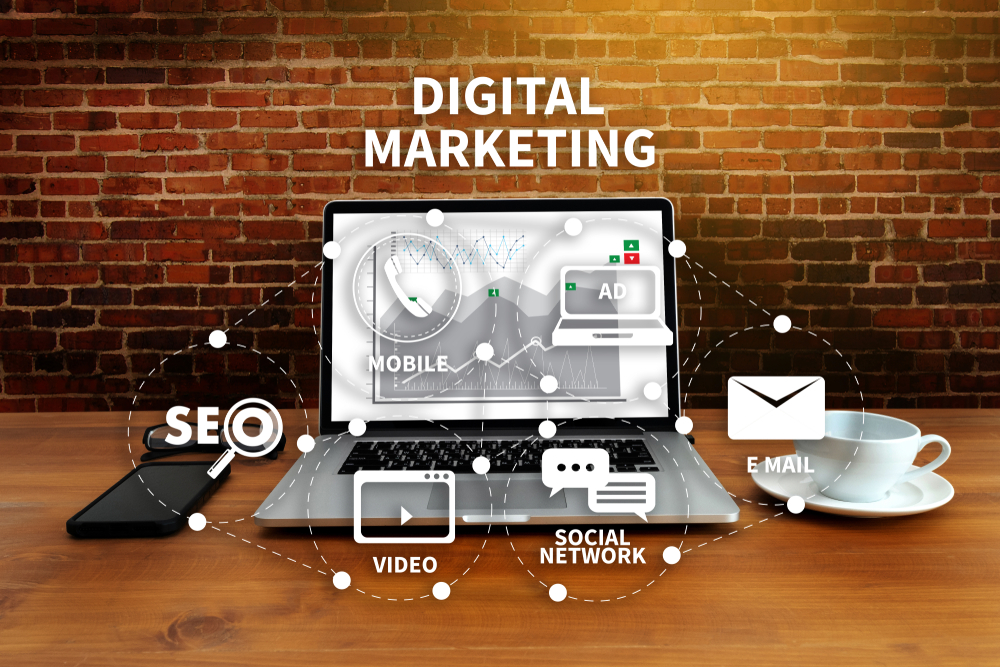Automation in digital marketing campaigns can push audiences more readily through the sales funnel and address problems with the “murky middle” section, according to a new study of the “biggest pain points” for brands published by GetResponse and Demand Metric.
The two companies conducted the study of more than 280 B2B and B2C professional marketers between June and July of this year to identify the tactics and channels most capable of driving positive action during each stage of the sales cycle. These tactics included content marketing, video marketing, search and social media.
The sales funnel is usually broken down into four distinct sections, with awareness at the top followed by interest, decision and action. The study found that marketing usually works better for enterprises at the top of the funnel since it was rated as the best performing, while the middle section found the most resistance.
“Today’s marketers are smart, digitally savvy and have an unlimited number of ideas and tools to execute campaigns. Yet they often struggle with moving opportunities through the funnel,” Get Response director of marketing, Courtenay Worcester, said in a press release for the report.
She added: “By taking a closer look at the issues causing the most friction in the funnel, and enabling marketers to significantly reduce them, companies can realize stronger ROI and customer retention.”
Problems in the funnel also stem from marketers’ inability to determine the success of their investments. Just 30% of respondents said that they are currently capable of fully understanding the return on investment for their efforts across the marketing funnel, with the middle sections being a notable issue.
However, automation is helping to ease customers through the funnel more effectively. When tactics use some degree of automation, there is a 100% increase in performance, and perhaps more importantly, the notoriously difficult middle phase sees marked gains.
While the use of cutting-edge technology can address some of the challenges that marketers face, more than 80% admit to not to having implemented full automation for even one phase of the marketing cycle, which is undermining efforts to succeed on a regular basis.
Integrating marketing tactics also has a hugely positive impact on the performance of campaigns. When this is done successfully, both the top and middle sections can expect to see performance triple, while the bottom of the funnel sees performance double. Therefore, implementing more closely aligned strategies should be the focus for B2B and B2C professionals this year.
However, brands also need to improve the quality of their marketing tactics during the flow from the top to the bottom of the funnel, as the study found their effectiveness decreases during the journey. Respondents used email marketing the most across the sales cycle, while content marketing, including case studies, was also popular.
Demand Metric co-founder. John Follett, concluded: “Marketers have long known that the middle section of the funnel presents the most challenges. What they didn’t always know was how to reduce that friction and convert more leads. The GetResponse/Demand Metric study proves the power of automation in digital marketing and its ability to drive at least a 3X improvement in the murky middle of the funnel.”






